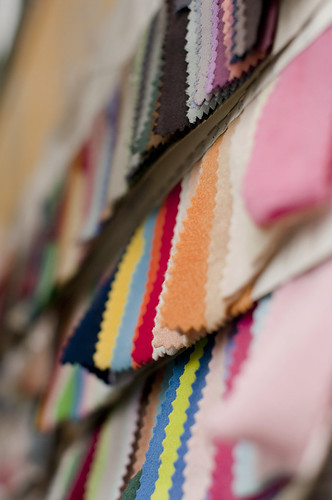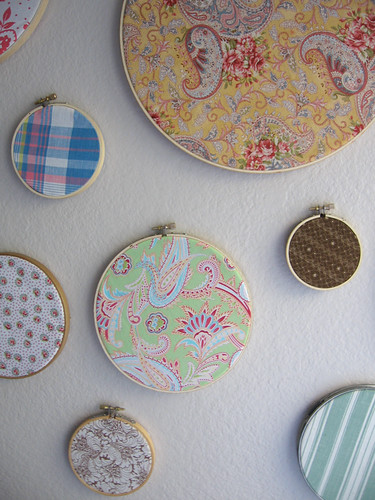Five Considerations to Take When Choosing Fabric
There are 269 listings for types of fabric. If you are new to sewing, or have been afraid to use any kind of fabric that isn’t cotton, it’s time that you learned how to choose the right fabric. Broaden your horizons and use something that is a bit out of your comfort zone. Here are five considerations to take when choosing fabric for your next project.
1.Your Pattern
If you are using a pattern, it should tell you exactly what types of fabrics will work with the project. For example, if you’ll be making a blouse, you’ll want to stick with light-weight fabrics. If you are making curtains, your choice of fabric weight may be more varied. Take the time to read your pattern and find out what the designers think will work best. Remember that these are the creators of the project, and they have the experience and know how to make all of the right suggestions. If you aren’t following a pattern, talk to the professionals at your local fabric store about your project. They’ll undoubtedly be able to point you in the right direction.
2.Print or Solid
As you think about your completed project, how do you picture it? If your mind’s eye is seeing a solid color, don’t confuse yourself by looking at patterns. If, on the other hand, you envision your finished project containing flowers, dots or stripes, take a look at the various patterns on offer at the fabric store.
Take the size of your project into consideration when deciding amongst different patterns. A large, repeating pattern won’t be the best choice if your project is small. If you are completing a large project, a very small pattern may end up looking too busy. If you’re making a piece of clothing, stripes may be difficult to work with unless you are adept at making things to wear.
3.Skill Level
Before you choose your fabric, it’s important that you know your skill level. Is this going to be your first time working with fabric or will it be your hundredth project? Some fabrics are simply more difficult to work with others and shouldn’t be used by beginners. Light or slippery fabrics take an advanced knowledge of fabric and sewing machine operation. Medium-weight fabrics are often the easiest to work with, keeping their shape and rarely snagging in a machine.
Another thing to think about when it comes to your skill level is how expensive the fabric is. If you’re a beginner, you may want to stick with fabrics that are budget-friendly. Cottons and cotton blends tend to be on the lower end of the price scale. If you make a mistake, you won’t be out much money. If you make a mistake with silk or chiffon, you may be out quite a bit of cash.
4.The Feel
As you are deciding between fabrics, run your hands over each one. If you are making a skirt or a dress, do you like how the fabric feels against your skin? If you are making a pair of curtains, will the fabric flow and drape, or will it hang heavy and flat? The way that a fabric feels will tell you how it will fall when your project is done. This can be important whether you are making a dress or a shower curtain. Don’t forget to hold the fabric up to the light. This will tell you how much light the fabric will block or allow through.
5.Care
You better know how you will need to take care of the fabric before you use it for your project. If a fabric requires dry cleaning, you may not want to use it to make a new slip cover for your sofa. If it is going to need gentle cleaning, decide if you are going to have time to hand wash whatever it is that you’re making. Cottons and cotton-blends are often the easiest to care for, making them a favorite among new crafters.
When it comes to care, you should make a quick mental note: Always prepare your fabric before you work with it. Wash and dry the fabric according to instructions and iron it on the correct setting. This will help to avoid shrinking and puckering after you make your project.
Knowing how to select fabric for your project is important, especially if you will be buying from an Online Fabric Store. Using these tips can help you determine the best fabric choice for your needs. Choosing the right fabric at the beginning of your project can save you hours of hassle.
Jenn Ryder is an avid blogger for Lewis and Sheron Textiles. You can follow her on Twitter @Jenn_Ryder.
Category: Family Finances, Shopping








